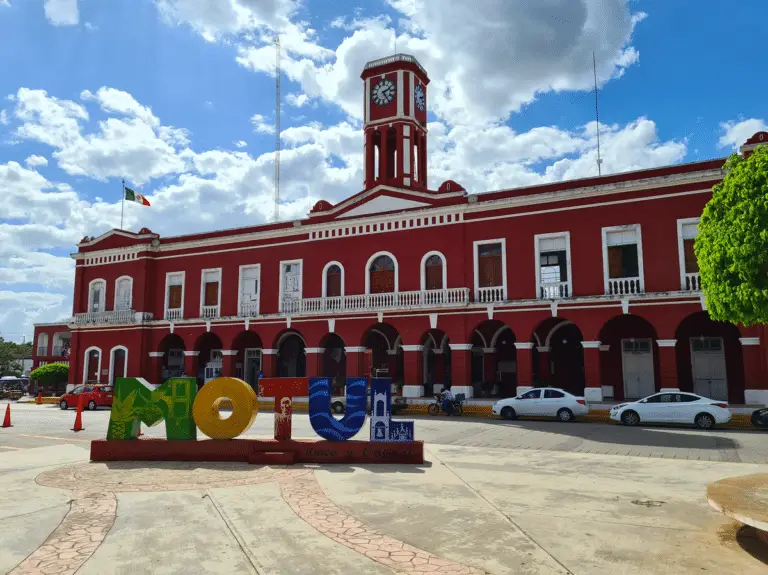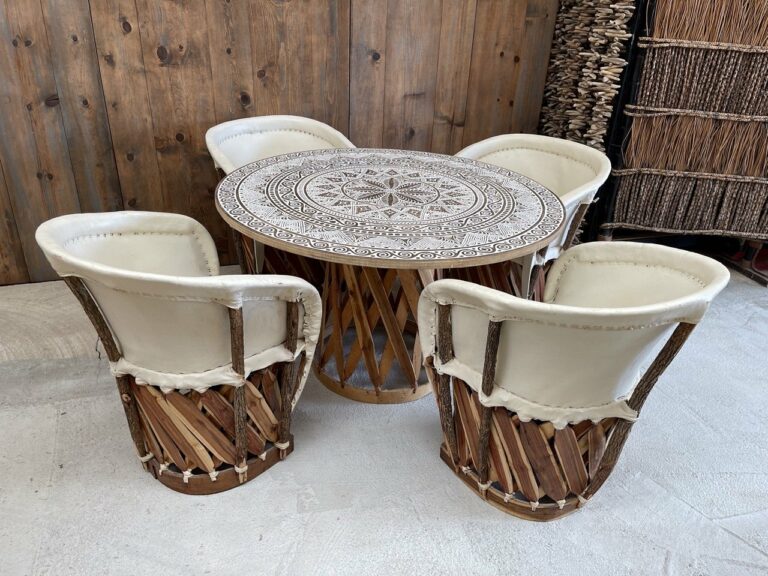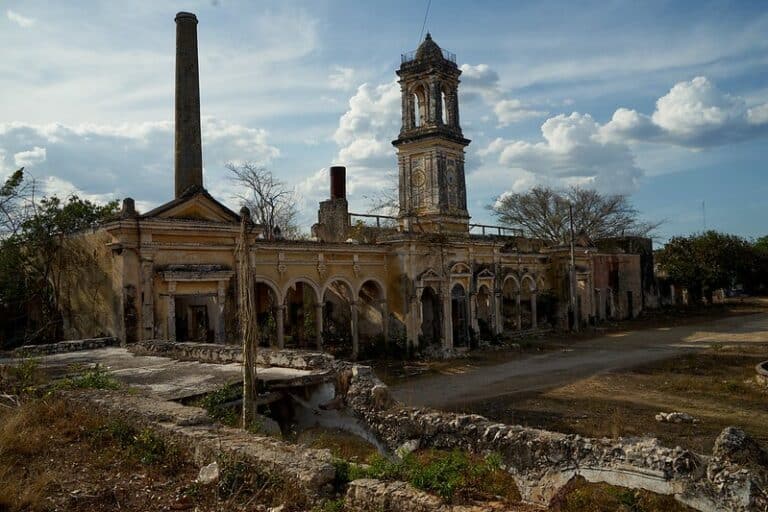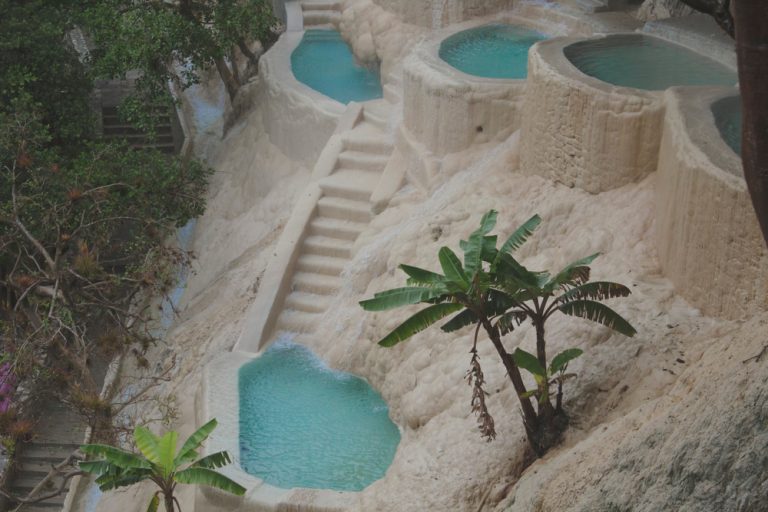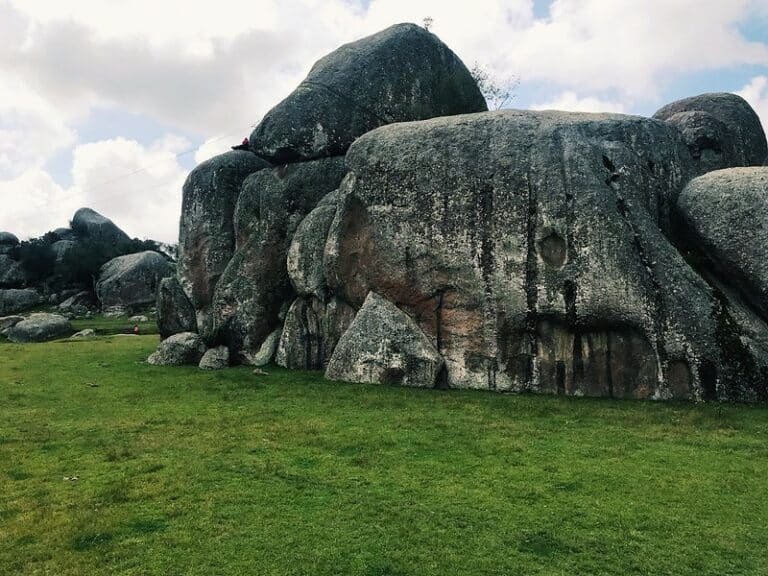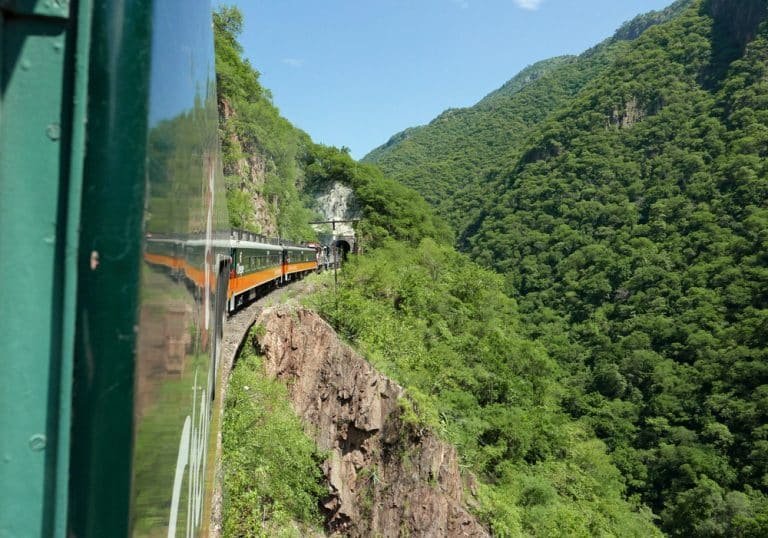Discover Comonfort Guanajuato and Its Molcajete Tradition
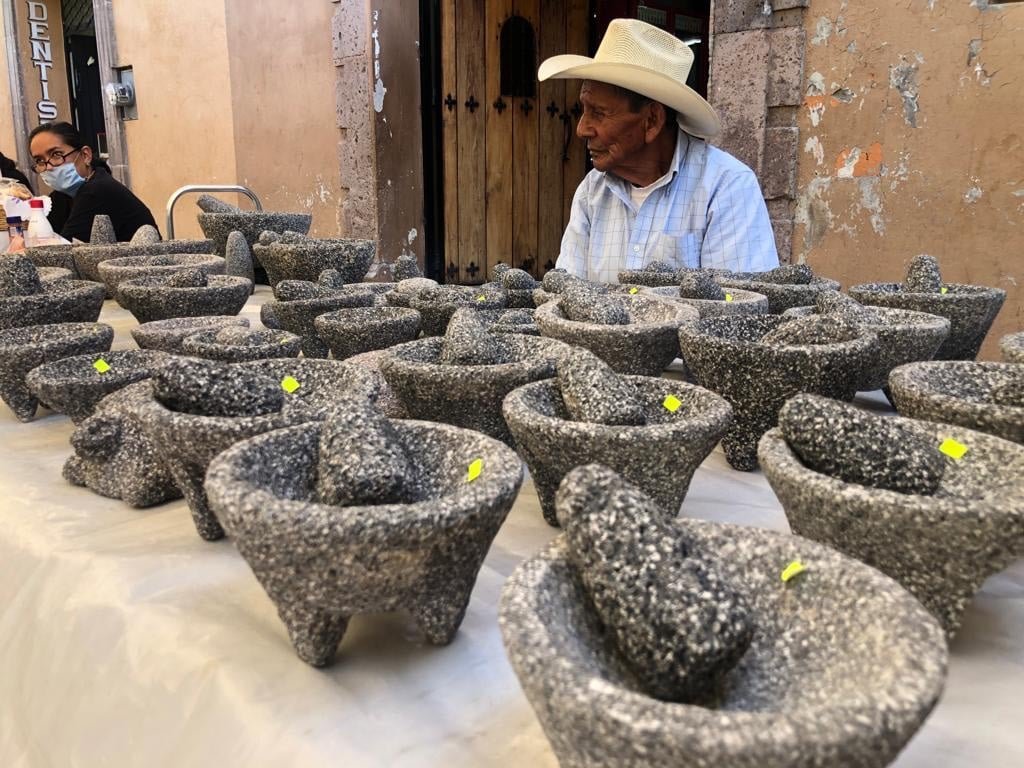
Comonfort, a small Magical Town in Guanajuato in central Mexico, is known for its rich cultural heritage and vibrant traditions.
One of the most significant traditions that has been passed down through generations is the art of making molcajetes, a traditional Mexican cooking tool used for grinding spices and herbs.
Comonfort is considered the cradle of the molcajete tradition, and the city’s artisans are renowned for their skilled craftsmanship and unique designs.
Today, I will tell you all about the history and significance of the molcajete tradition in Comonfort and highlight the remarkable work of the city’s artisans who continue to keep this tradition alive. Let’s go!
History of Comonfort Guanajuato
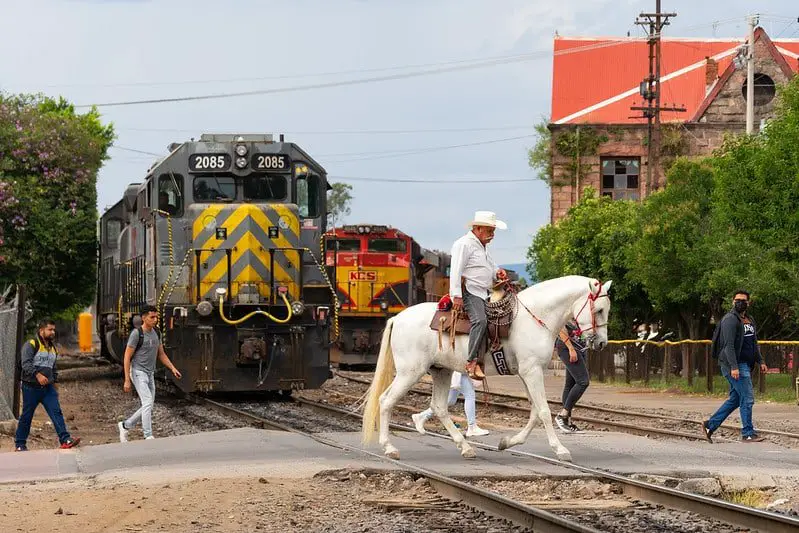
According to some historical accounts, on New Year’s Day in 1572, the renowned Spanish character Don Francisco de Velasco declared this town the village of Chamacuero.
The goal of this village was to protect the region from the constant attacks of the Chichimecas, mainly the Pames.
At present, the municipality bears only the name of Comonfort.
By 1591 the Spaniards changed the name to San Francisco de Chamacuero, and the first orderly settlement in the neighborhood was known as San Agustin.
In 1861 it was declared a municipality, and in 1874, it was named Chamacuero de Comonfort.
Comonfort Guanajuato and the Molcajete
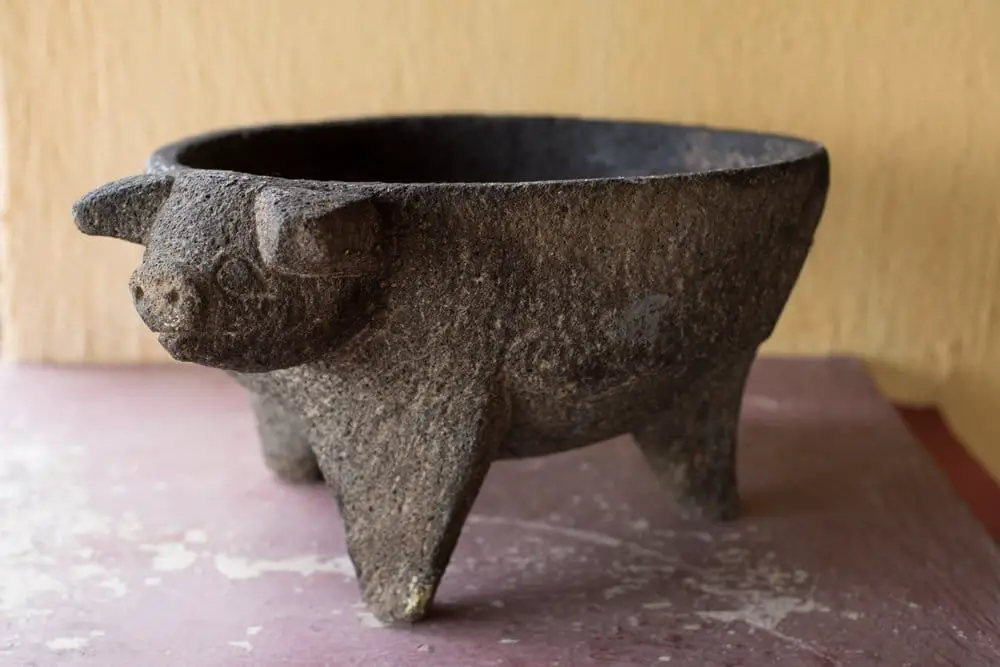
How would you like a molcajete bowl with fresh roasted tomato sauce and a handmade tortilla? Yes, it sounds delicious!
But have you ever wondered where molcajetes come from and how they are made?
The Magical Town of Comonfort Guanajuato is where these signature utensils of Mexican cuisine are made.
Comonfort has great attractions, one of them is its molcajetes; hence it is known as “The land of molcajetes.”
Because the artisans here elaborate them with great care and dedication so that people can prepare exquisite sauces.
Something to highlight is that none of their works is the same as the other; each one has a special touch and a singularity that makes them unique.
The beauty of their work is a symbol of the effort, passion, and dedication required for its elaboration.
Origin and meaning of the molcajete

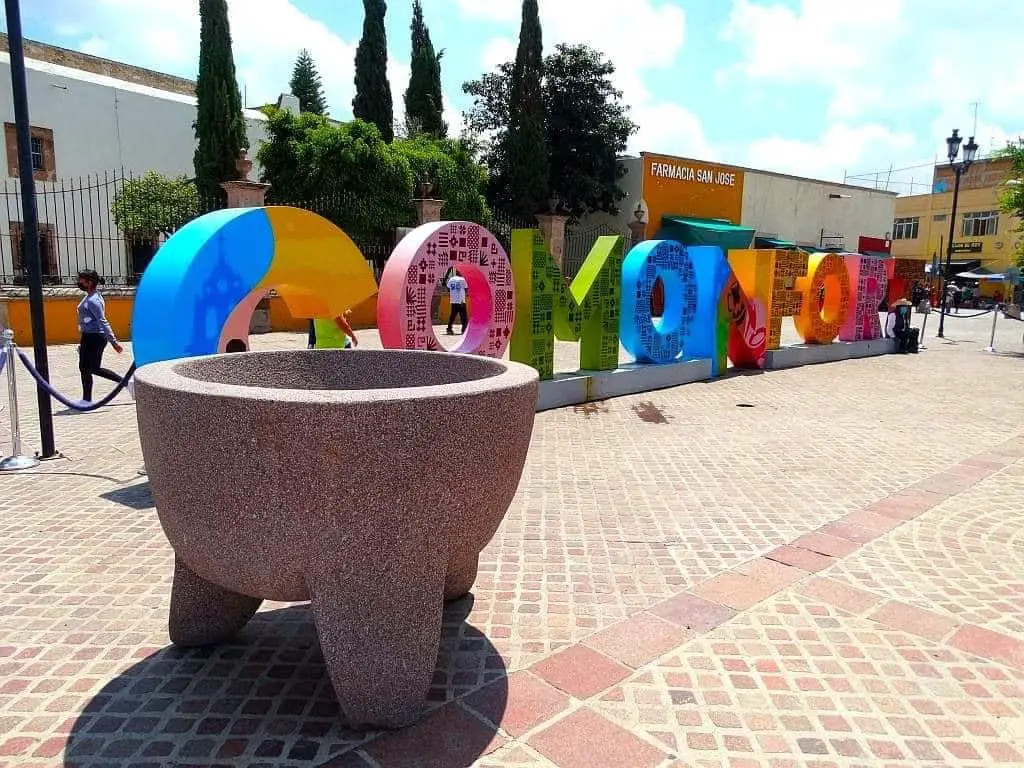
The molcajete is one of the most representative utensils of Mexican gastronomy.
Its name derives from the Nahuatl “mollicaxtli,” Molli means “sauce,” and Caxtli means “stone.”
Its origin dates back to pre-Hispanic times in Mesoamerica.
In Comonfort, stone experts go to the Cerro de las Coloradas to take out several blocks, work them for hours, and after a series of accurate blows, give life to a unique item.
The work of Comonfort’s artisans begins in the open-pit volcanic stone mines.
Once the rock is chosen, the tools are accurately struck until true works of art are sculpted.
The particularity of the molcajetes made in Comonfort is the stone, which has feldspar (salt minerals, which we see as white dots on the stone).
This causes a physicochemical process, which makes the grinding of the ingredients with the tejolote release small doses of these salts.
Monumental Molcajete:
At the end of 2020, the monumental molcajete’s sculpting began with the municipal government’s help.
It measures 1.50 meters wide by 1.20 meters high and weighs approximately 2 tons. It is currently located in the central plaza of Comonfort.
Top things to see in Comonfort, Guanajuato
The San Francisco Parish
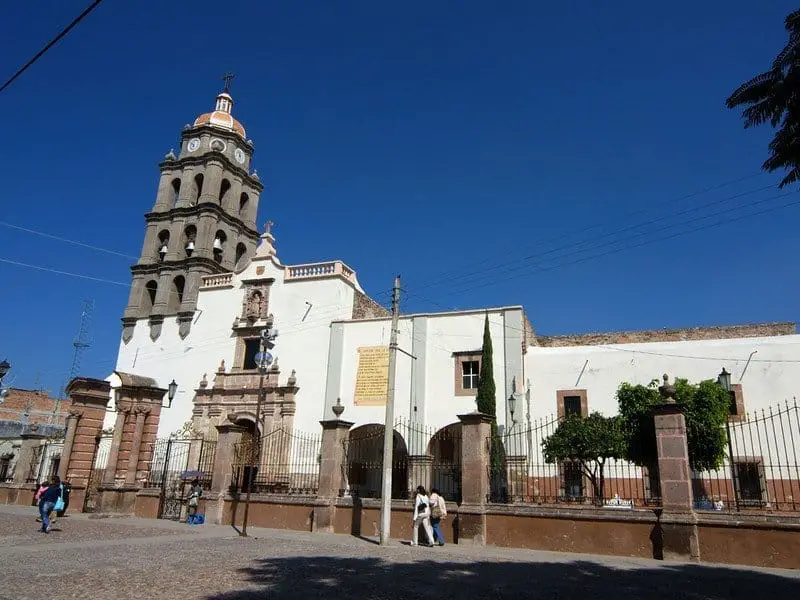
The Parish of San Francisco is the town’s most recognized attraction, in which a chapel with gold altarpieces is more than 400 years old.
This temple is one of the most important sanctuaries of the Virgen de Los Remedios in Mexico.
Because of its architecture and the detail of its religious art, many consider the Parroquia de San Francisco a jewel of Mexican Baroque.
Visit the Doctor José María Luis Mora Museum
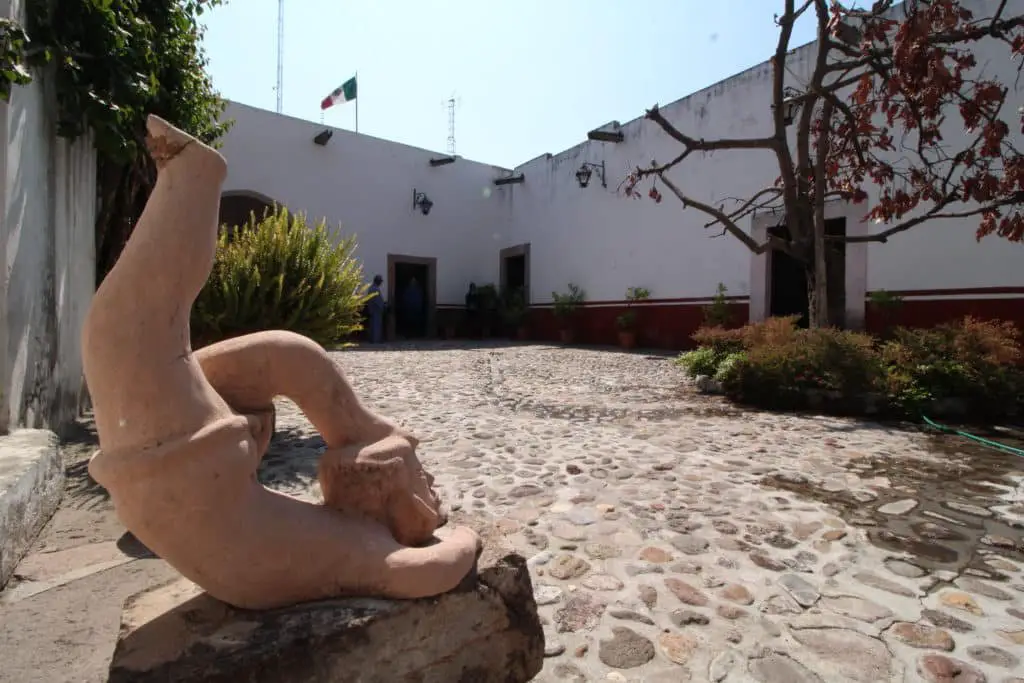
This museum is located in an 18th-century house. Its architecture is classic, with a simple facade and only one level.
In the first room are vestiges of how the agricultural towns on the banks of the Laja River lived more than 2,500 years ago.
The second room exhibits the conquest of Tenochtitlan when the Chichimec nations inhabited the region that is now Guanajuato.
The third room is dedicated to the lifestyle of the Creoles, among them José María Luis Mora, an illustrious character and outstanding writer who lived in this house.
The fourth room highlights the indigenous past of the town, which can still be found in the streets, popular festivals, and traditions.
Stroll the streets, visit other monuments, and buy local handicrafts
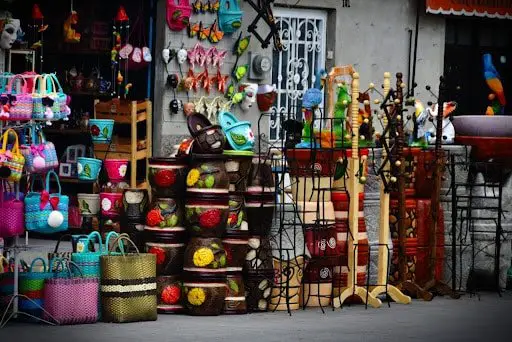
Among other monuments and sites of interest are the Archaeological Zone in the community of Orduña de Abajo, Los Remedios Archaeological Zone, Soria Factory, Historic Center, San Miguel Vineyard, 16th century Indian Chapels, and the INBA School of Arts located in the old railroad station.
The most traditional crafts of the town are the manufacture of metals and molcajetes, the “pintaderas” for tortillas, and basketry.
Enjoy festivals and traditions of Comonfort
To celebrate the Virgen de Los Remedios at the end of November, festivities are held where ancestral traditions and autochthonous group dances are performed.
On December 31, a procession is held through the town of Comonfort, in which the streets are covered with sawdust mats beginning and ending at the parish of San Francisco.
How to get to Comonfort Guanajuato
Comonfort is only 25 minutes from Celaya (20km) and about 45 minutes from San Miguel de Allende and has excellent road connectivity.
I hope you find this article useful for your next trip. Guanajuato is a state full of history and interesting cultural events.
Don’t forget to comment below and share this post with your friends on social media, so more people become aware of these fantastic unknown places to visit.

